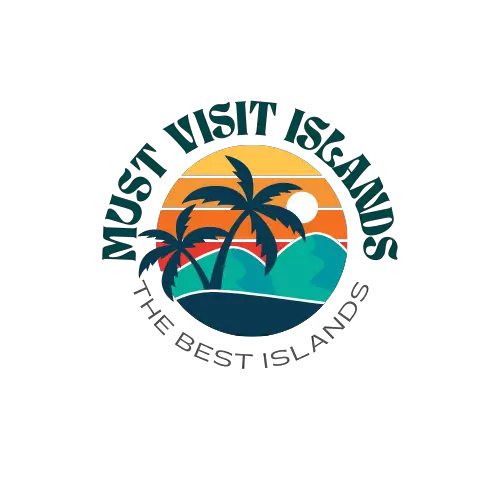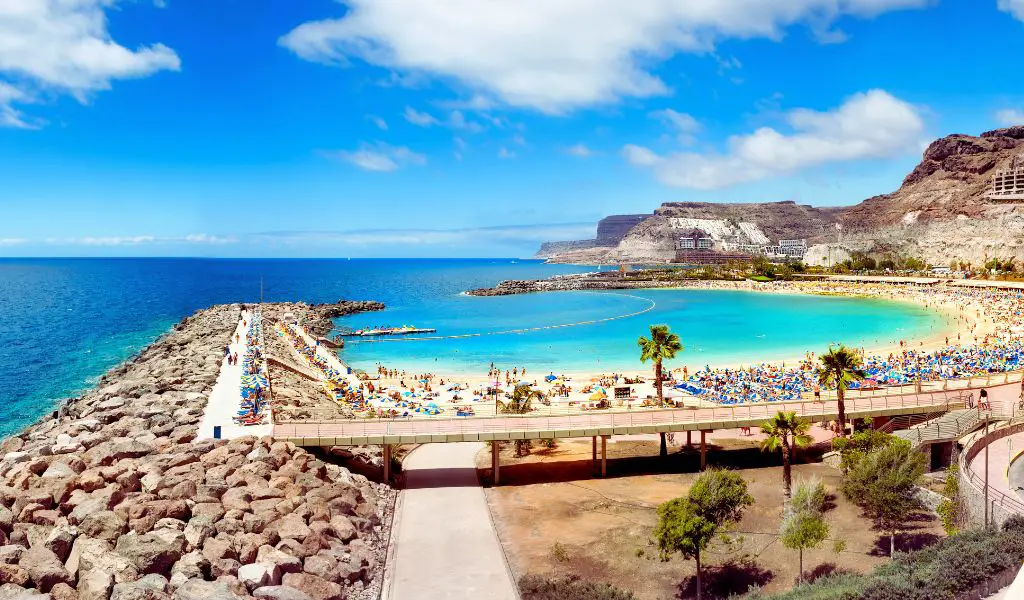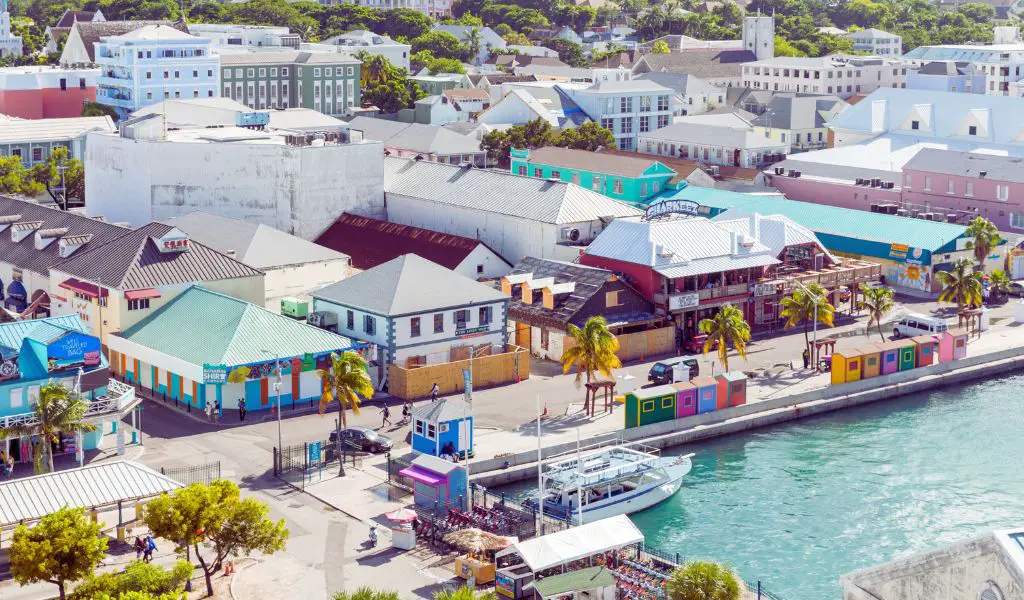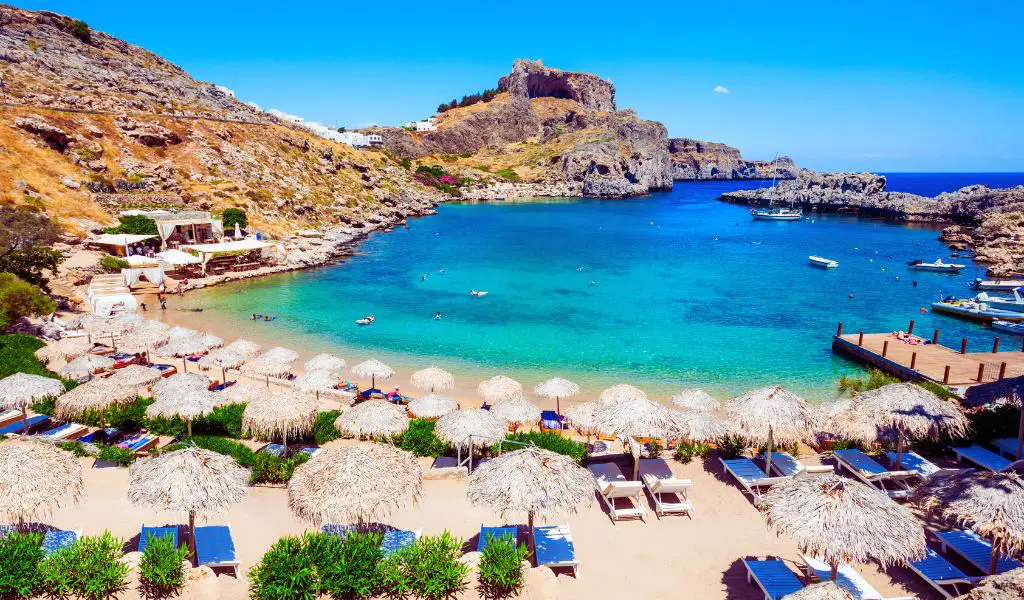Gran Canaria, one of the seven main Canary Islands, is often referred to as a “miniature continent” due to its diverse landscapes and climates. Located in the Atlantic Ocean, off the northwest coast of Africa, this island is a mosaic of experiences waiting to be explored.
Geography
Geographically, Gran Canaria is characterized by its varied terrains.
From the golden dunes of Maspalomas to the verdant pine forests of Tamadaba, from the rugged cliffs of the west coast to the bustling beaches in the south, the island offers a plethora of natural wonders.
At its heart lies the Roque Nublo, an iconic rock formation that stands as a sentinel overlooking the island’s vast landscapes.
History
The history of Gran Canaria is as diverse as its geography.
The indigenous Canarii people, known for their cave dwellings and unique customs, were the island’s earliest known inhabitants.
Over the centuries, the island became a melting pot of cultures due to its strategic location, witnessing Phoenician traders, Roman expeditions, and eventually Castilian conquests.
Activities
For the modern traveler, Gran Canaria promises a range of activities.
The beaches, renowned for their golden sands and clear waters, are havens for sunbathers and water sports enthusiasts.
The island’s interior, with its mountains and valleys, offers trails for hikers and cyclists.
And for those looking to immerse themselves in local culture, the towns and villages, with their festivals, markets, and architecture, provide a glimpse into the Canarian way of life.
Population
Gran Canaria is home to a diverse population that reflects its rich history and cultural influences. The island’s residents are known for their warm hospitality and vibrant traditions.
When to Go
Gran Canaria boasts a pleasant climate throughout the year.
However, the months between October and April are particularly popular, offering mild temperatures and a series of local festivals.
How to Get There
Gran Canaria is well-connected by air, with the Gran Canaria Airport (LPA) serving as a major hub for flights from Europe and other parts of the world.
Additionally, ferries operate regularly, connecting the island to neighboring Canary Islands and the mainland.
Highlights
Dunes of Maspalomas: Experience the vast golden dunes that seem straight out of a desert landscape.
Roque Nublo: Hike up to this iconic rock formation and enjoy panoramic views of the island.
Historical Towns: Explore towns like Teror and Vegueta to witness traditional Canarian architecture and culture.
What You Should Know
Language: Spanish is the official language, but English is widely spoken in tourist areas.
Currency: The currency used is the Euro (€).
Local Etiquette: Canarians are known for their friendliness. A simple “Hola” (Hello) can go a long way in making connections.
FAQs about Gran Canaria
Is Gran Canaria suitable for family vacations?
Definitely! Gran Canaria offers attractions and activities for visitors of all ages, making it a perfect family destination.
What local dishes should I try in Gran Canaria?
Don’t miss out on “papas arrugadas” (wrinkled potatoes) with “mojo” sauce, and the local fish dishes like “vieja” (parrotfish).
Are there any nature reserves on the island?
Yes, Gran Canaria boasts several protected areas and nature reserves, including the Tamadaba Natural Park and the Pilancones Natural Park.




